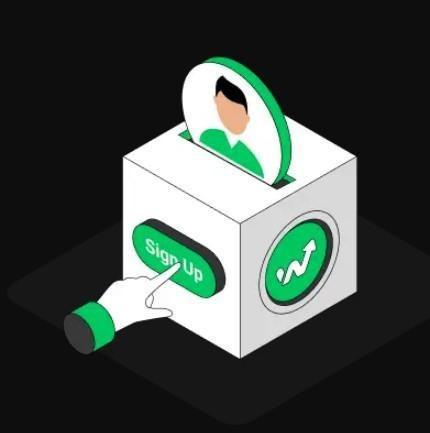The ABCs of Forex Trading: Essential Terms Every Trader Should Know
The forex market (also known as Forex or FX) is the largest and most liquid financial market in the world. According to the Bank for International Settlements (BIS), the average daily trading volume of the forex market has surpassed $6.6 trillion as of 2023, significantly larger than any other financial market. For comparison, the U.S. stock market’s daily volume is around $500 billion, while the global bond market’s daily volume is $1.5 trillion. This highlights how crucial the forex market is to the global economy and how it’s a primary place for investors and traders to seek profits.
Whether it’s global central banks working to maintain best currency trading app monetary policies or multinational corporations managing payment and currency exchange risks, the forex market plays an essential role. For individual investors, it provides opportunities to trade 24 hours a day and potentially earn returns.
Why Understanding Basic Forex Terms is Important for New Traders
If you're new to the world of forex trading, the terminology may seem confusing and overwhelming. Terms like “Pip” and “Lot” play a critical role in every aspect of forex trading. Understanding these basic forex terms not only helps traders make better decisions but also reduces the risk of mistakes due to misinterpretation.
For example, if a new trader doesn't understand the concept of “Margin,” they might misuse leverage and face larger losses. Similarly, not understanding the meaning of the “Spread” can affect how they assess their trading costs. Therefore, mastering these essential terms is the first step toward becoming a professional trader and laying a solid foundation.
Purpose of This Article: Helping Readers Understand Common Forex Terms
The goal of this article is to help you get familiar with the most common forex trading terms, so you can confidently navigate your trades without feeling lost or making mistakes due to a lack of understanding. By breaking down terms like “Pip,” “Lot,” and “Margin,” we’ll equip you with the knowledge to make informed trading decisions. Whether you're new to forex trading or have some experience, understanding these basics will be your key to success in the forex market.
In forex trading, a “Pip” is the smallest unit used to measure price changes in currency pairs. The term “Pip” stands for “Percentage in Point” and is used to represent the smallest price movement. Most currency pairs are quoted to four decimal places, so one Pip equals the fourth decimal point.
For example, if the EUR/USD pair moves from 1.1050 to 1.1051, that’s a change of 1 Pip. Each Pip is crucial to traders because it helps quantify market movements and allows them to calculate potential profits and losses.
Ready to Master Forex? Start Your Trading Journey with Tradewill Now!
By reading this article, you’ve already demo account in forex some of the key forex trading terms and how they apply in real-world trading. But the real growth comes from consistently putting this knowledge into practice. If you're ready to take your forex trading skills to the next level, it’s time to join Tradewill and experience a professional forex trading platform with efficient tools. Tradewill offers powerful market analysis tools, real-time market data, comprehensive educational resources, and a seamless trading experience—helping you stay ahead in the forex market.
Take action now and don’t miss out on another opportunity! Click the link below to register and kickstart your forex trading journey. Whether you're a forex trading beginner or an experienced investor, Tradewill has the right support and services to help you achieve your financial goals.

Comments
Post a Comment